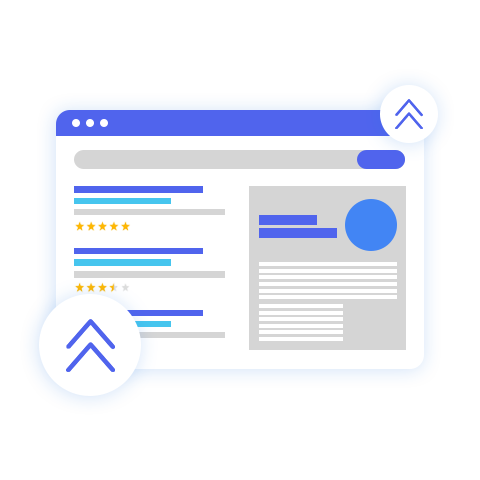Keyword Research
Keywords are specific words or phrases determined in line with the goals of a website. The accurate selection and integration of keywords into SEO efforts are of vital importance. Achieving desired results with highly competitive keywords requires a challenging and long-term effort. The process of defining target keywords should not be considered as a one-time, finite task. Keyword analyses continue both in a fundamental and semantic sense throughout the entirety of SEO efforts. Given its critical nature and ongoing aspect, there are many details to be mindful of when it comes to keyword selection.
• Pay attention to keyword difficulty.
• Consider the keyword competition rate.
• Ensure that multiple pages within the site are not targeting the same keywords, as this can harm your targeting efforts.
• Make sure that keywords are used in both content, images, permalinks, and meta descriptions.
• Focus on potential new keywords by examining the keywords your competitors are ranking for.







SEO Customer Reviews
Özgür Gülbudak
Founder of Kumashome
We are always looking for innovative solutions to offer our customers the best quality fabrics. Therefore, by collaborating with Dopinger, we can closely follow the developments in the field of digital transformation and take quick actions. Dopinger; With its professional, innovative, and solution-oriented approach, it has met all our expectations by increasing the authority of our website and providing the services they promised us within the scope of SEO".
Onur Şensabah
Sales and Business Development Director
"...Particularly in the fields of Digital Transformation, Open Banking and Artificial Intelligence, it has been a stakeholder in our success by looking at our optimization processes and our brand as their own value. Its experienced team has always given us the feeling that we are in the right place for SEO. As the NetBT family, we would like to thank all the Dopinger team, who constantly develop and do not compromise on keeping their energy high under all circumstances!"